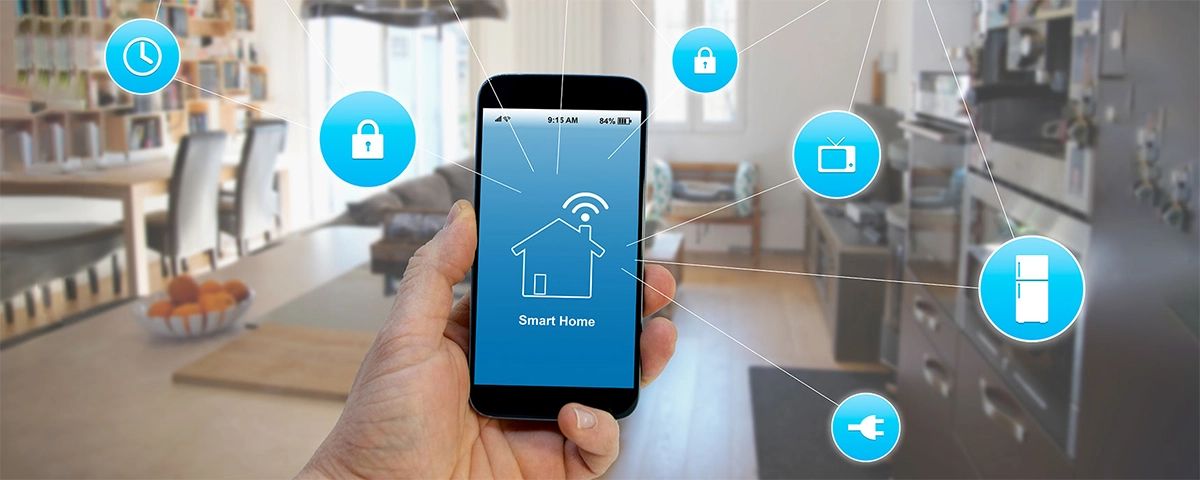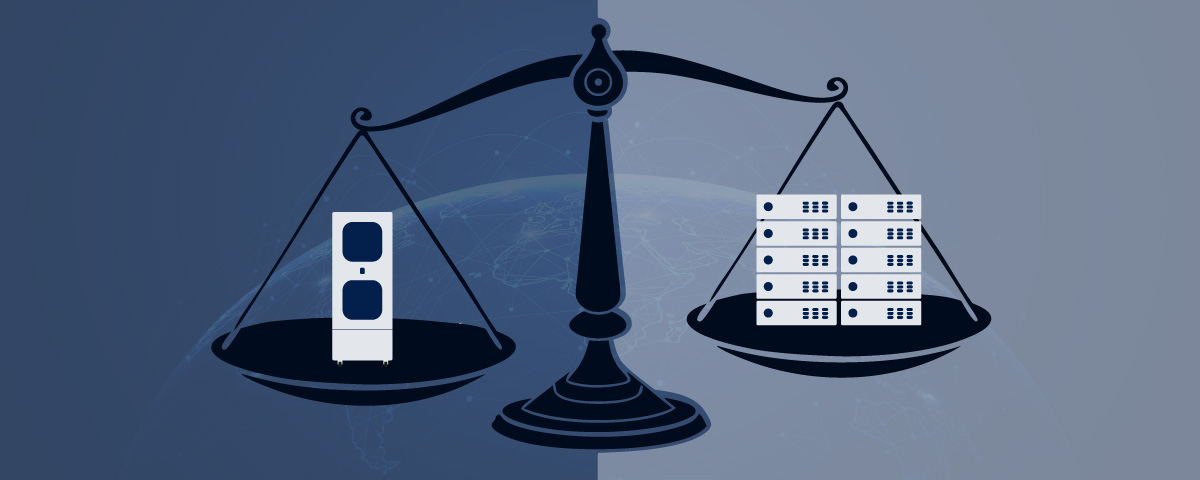The dawn of the Internet of Things (IoT) represents an exponential rise in the amount of data being generated. From security cameras to delivery drones, not only is data increasing, but also the requirements for its transference to be virtually instant.
Automated workflows are pivotal to IoT performance. Therefore, enterprises must reduce latency – a slight lag of data streaming – something that’s becoming increasingly complex as IoT use grows. There’s also the consideration of the imminent rollout of 5G to be added into the mix, another aspect that will take up valuable bandwidth. As our demand for IoT usage continues to increase, with our homes, businesses and transportation becoming ever-smarter, so the need for real-time data movement becomes even more vital.
Traditional Data Storage and The Cloud are Already ‘Last Year’s Tech’
Over the past three decades the penchant for centralised processing has culminated in a reliance on cloud storage. Today, around 90% of all data generated is stored here, or in the case of larger business entities, in an on-site server room.
The issue that this causes with IoT products is that data transfer typically takes a few milliseconds to travel from the ‘thing’ to the storage and back. This is no good for assets that require real-time information to function. For successful IoT usage this latency has to be eliminated.
The answer to this is Edge Computing.
What is Edge Computing
In the simplest of terms, edge computing is where the data is stored as close to the assets as possible. It is, quite literally, ‘on the edge’. In reality, what this means is that companies need to localise their data storage – bringing it closer to the action and reducing the time lag that most data currently experiences. While we might only be talking a few hundreds of milliseconds, this can make a world of difference to items that need to perform in real time – such as self-driving cars.
Companies are beginning to see the advantage of edge data centres. Not only does their proximity improve local data streaming and the efficiency of IoT deployment, but there’s an associated positive cost impact as well.
Edge data centres come in a micro-format. This takes up less room and is dramatically easier (and cheaper) to keep cool than a traditional data storage room. They’re also fully scalable and can be used in hard to reach or remote locations. Once in place, edge micro data centres require little maintenance. They also have a short deployment period and represent significantly lower capital outlay.
The IoT is challenging the current cloud-based data storage normality that’s used around the world – in fact, this is creating a big a shift as that seen 30-odd years ago when we moved from a largely mainframe storage architecture to that of a centralised one. It’s estimated that around eight billion connected ‘things’ are in use today – and we’re only at the beginning of the wave. Edge data centres are currently storing around 10% of all global data, with a conservative estimation that this will rise to as much as 50% in a very short period of time.
Find out more about micro data centres and edge computing or get in touch to find out how we can help you solve your Edge challenges.






